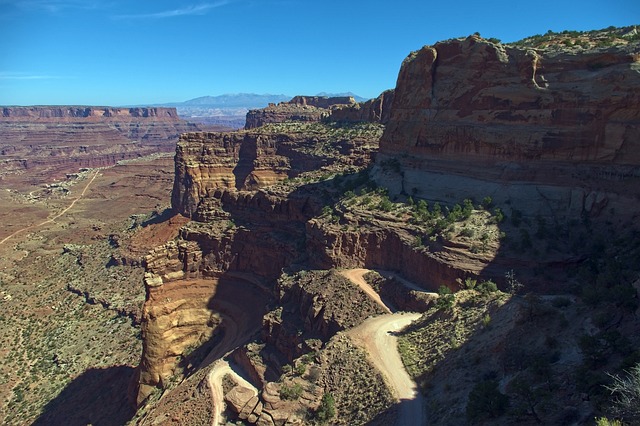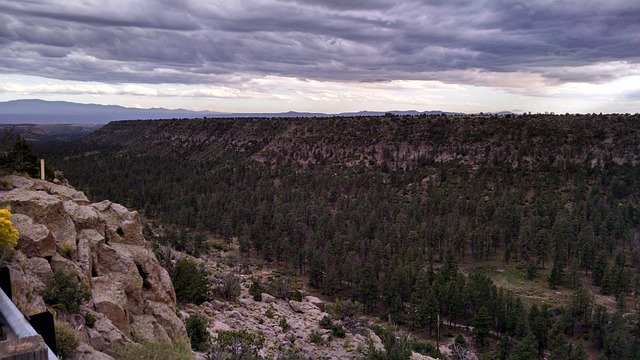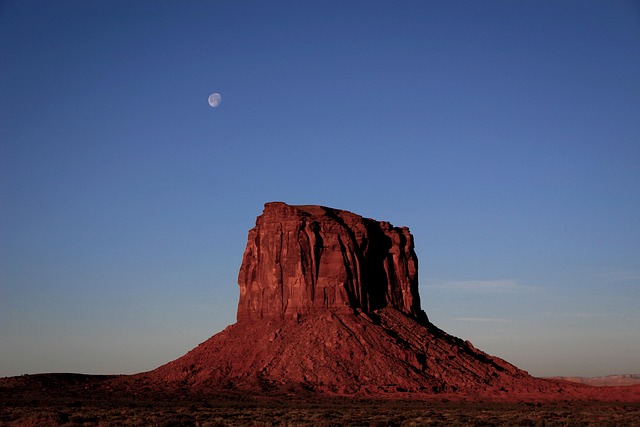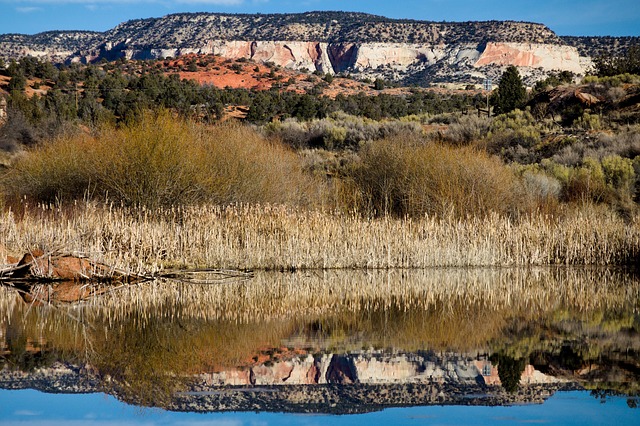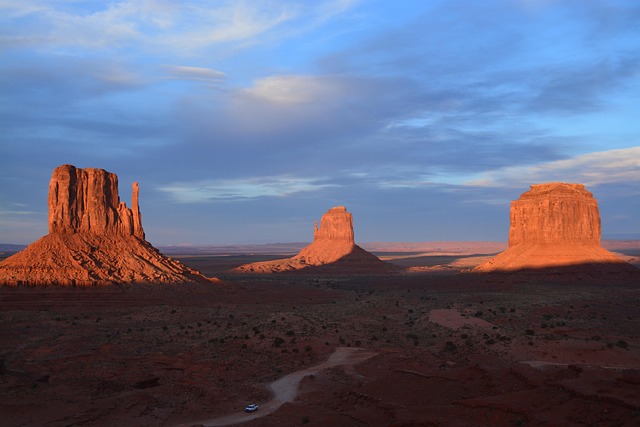The heart of downtown is a dynamic blend of historic and modern architecture, creating a vibrant cultural landscape. Cultural venues like galleries, theaters, and performance arts centers revitalize urban areas, attract businesses, and increase footfall, enhancing real estate value. These spaces foster creativity, drive economic growth, and transform downtowns into multicultural zones that appeal to both locals and visitors in the digital age.
“Discover the pulsing heart of any metropolis in its bustling downtown, where cultural venues thrive and real estate meets vibrancy. This article explores how artistic centers transform urban landscapes, breathing new life into historic and modern spaces alike. From galleries and theaters to music halls and museums, these cultural hubs attract residents and visitors alike, driving real estate markets with their unique energy and diverse offerings.”
The Vibrant Heart: Exploring Downtown's Real Estate Landscape
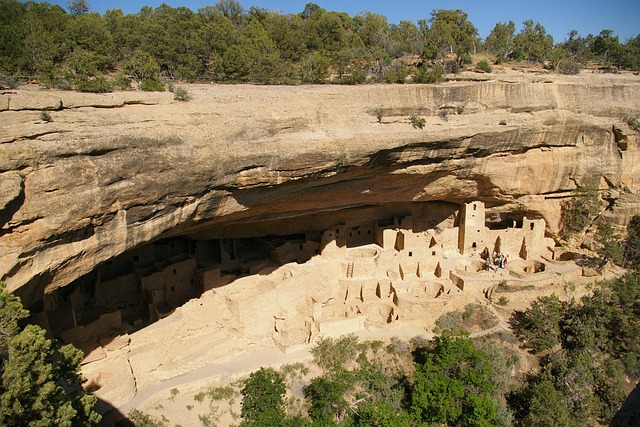
The heart of downtown pulsates with life, a vibrant tapestry woven from diverse cultural venues and bustling real estate. Every corner tells a story, from historic buildings that house art galleries to modern skyscrapers housing innovative startups. The real estate landscape here is not just about brick and mortar; it’s a canvas where creativity and community intertwine.
Exploring this urban jungle reveals a dynamic interplay between traditional and contemporary, with each neighborhood offering its unique flavor. Historic districts preserve the city’s heritage, while emerging tech hubs drive innovation. This blend creates a vibrant, ever-evolving atmosphere that attracts both residents and visitors, making downtown the cultural pulse of the metropolis.
Cultural Hubs and Their Impact on Urban Spaces
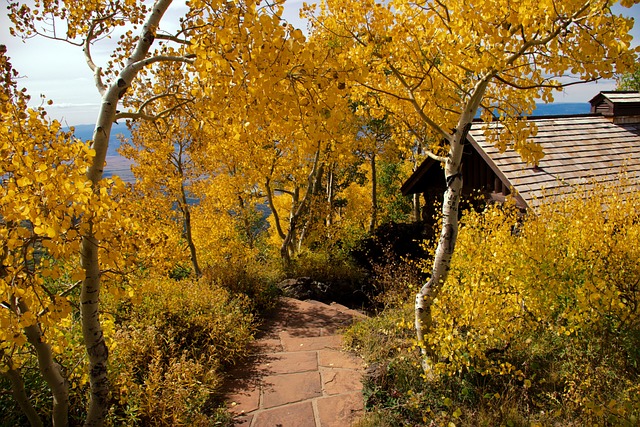
The presence of cultural venues in downtown areas has a profound impact on the overall vibe and economic health of a city. These spaces, often bustling with artists, musicians, and art enthusiasts, add vibrancy to urban landscapes. From galleries and theaters to performance arts centers, they become the heartbeats of communities, attracting locals and visitors alike. The effect is twofold; culturally, they foster creativity and promote diverse forms of expression, enriching the city’s soul. Economically, real estate in such areas experiences a boost, as businesses thrive on the increased footfall and desirability these cultural hubs bring.
As a result, downtown spaces are not just about retail and offices anymore; they’ve evolved into dynamic, multicultural zones that contribute to cities’ global appeal. This transformation is especially notable in today’s digital era, where physical spaces must offer unique experiences to stand out. Cultural venues play a pivotal role in this, creating destinations that resonate with folks seeking meaningful interactions beyond screens.
A Community's Pulse: How Cultural Venues Revitalize Real Estate Markets

In the heart of every bustling downtown, cultural venues stand as beacons of community engagement and economic vitality. These spaces, ranging from art galleries to theaters and museums, play a pivotal role in revitalizing real estate markets. When cultural institutions make their home in a neighborhood, they inject life into dormant areas, attracting locals and visitors alike with their unique offerings. The result is a vibrant atmosphere that fosters a sense of belonging, encouraging investment and stimulating local businesses.
Cultural venues act as catalysts for urban renewal, transforming once-neglected properties into thriving centers of activity. As foot traffic increases, so does the demand for nearby housing and commercial spaces, driving up property values. This ripple effect not only benefits developers and landlords but also ensures that communities remain diverse, dynamic, and accessible. By embracing cultural diversity, these venues create a desirable urban environment that attracts talent, fosters creativity, and drives sustainable economic growth.
